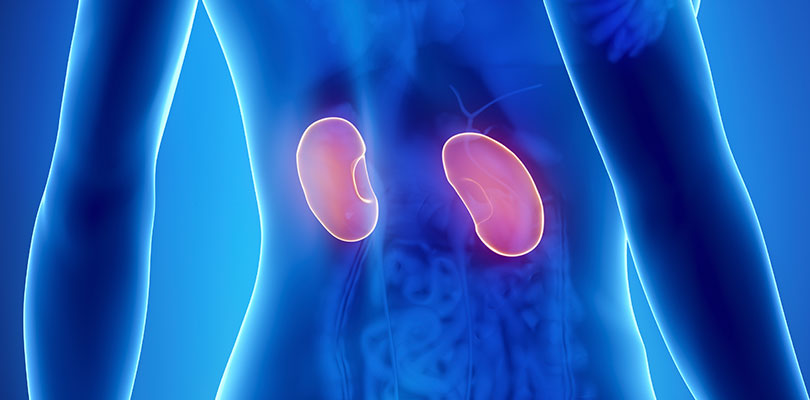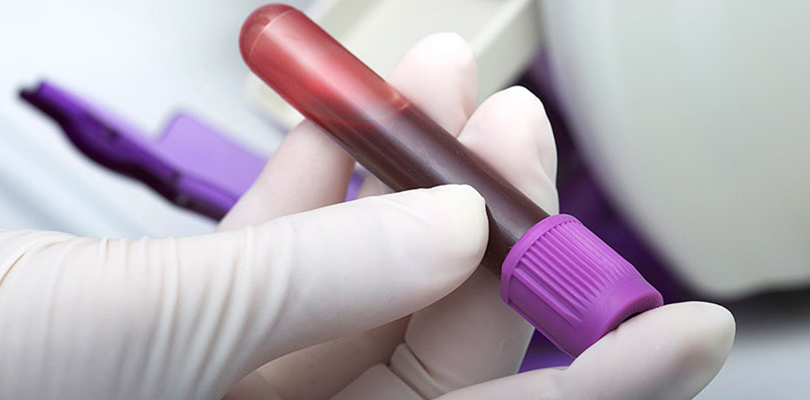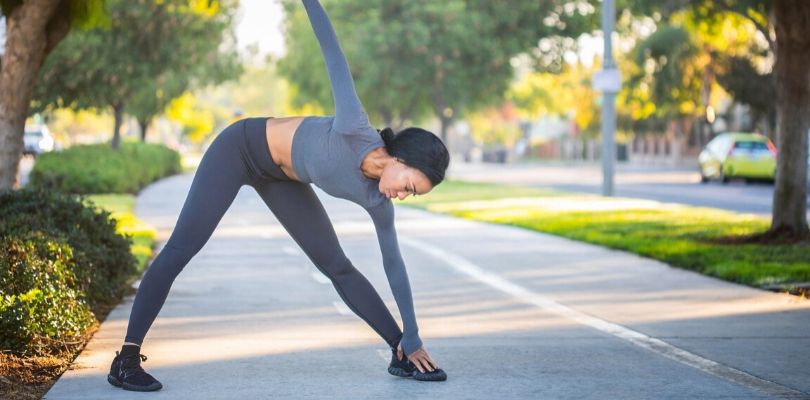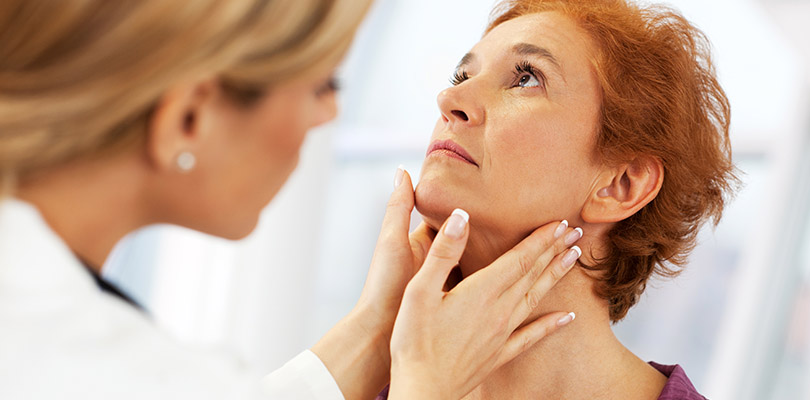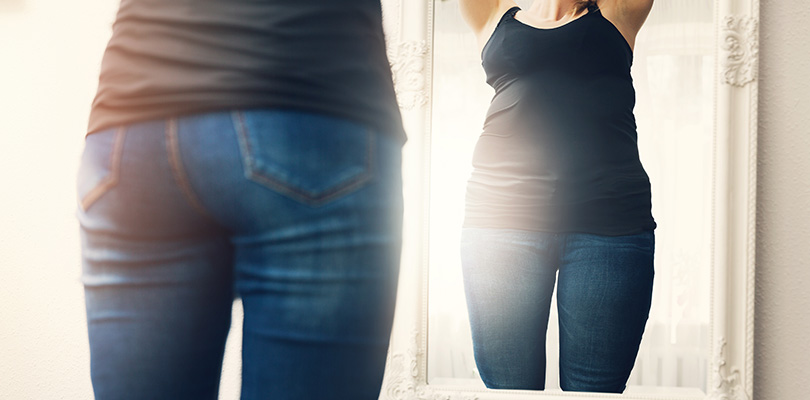Photo Credit: janulla / iStockPhoto.com
Common Signs and Symptoms of Kidney Stones
Kidney stones may be small, but they sure can make a lot of noise. The sudden sharp pain, terrible discomfort, and fear of actually passing the stone can leave you paralyzed.
However, kidney stones don’t always behave the same way in everybody, and sometimes you have to examine your symptoms more closely to figure out what’s causing the problem.
Your renal system links together several distinct parts: the kidneys connect to the ureters, which connect to the bladder, which connects to the urethra. Although stones form in the kidneys, they could lodge anywhere along this pathway; where they settle can determine your set of symptoms (and their severity).
If you suspect you might have a kidney stone, compare your symptoms to the classic warning signs, including the type of pain, the areas of discomfort, and other visible symptoms that typically occur with kidney stones.
Types of Kidney Stone Pain
There’s no doubt about it: a lump of minerals moving through a channel that normally carries liquid is an uneasy image. But while kidney stones certainly sound painful, they don’t always cause discomfort. If it’s small enough, you could pass a kidney stone without even realizing it.
On the other hand, kidney stones can grow big enough to irritate tissue, strain delicate structures, and even block the passage of urine. In these cases, you can count on some serious pain and possibly an infection. A few patterns of pain can point to kidney stones:
Localized Pain
Your kidneys sit high in your abdomen, toward the back of your body and just below the bottom ribs. If a stone moves around in your kidney, you could feel severe pain in this region, close to your spine or toward the side of your body (your flank). No matter where the pain is located, it’s often described as sharp and precise, and limited to a specific area.
Spreading Pain
If the kidney stone has moved down into your ureter (the tube that connects your kidney to your bladder), the pain will also move lower, often manifesting in your belly. When the stone moves further along and irritates your bladder, you’ll feel the pain in the pelvic or groin region.
Since the pain is related to the movement of the stone, it’s always moving in this direction; if the pain moves up into your kidneys from a lower spot, you could be dealing with a different medical condition.
Fluctuating Pain
Kidney stone pain can be unbearable. You may fold over in agony, and that pain can last until the stone passes. However, in many cases, the pain tends to come and go in waves, worsening and easing every few hours.
The severity of the pain can spike when the stone moves in the ureter, irritating a new section of the urinary tract. Changing your position (sitting to lying down, for instance) could make the pain worse if it dislodges the stone from where it has settled.
Although the pain could be constant throughout the day, it typically gets worse in the early morning or late in the evening, when you urinate less frequently and the ureter constricts.
Diagnosis is often difficult due to a wide range of symptoms. Here are some early symptoms of Lupus to be aware of.
Physical Changes to Lookout For
Since pain isn’t the only symptom of kidney stones, you’ll need to pay closer attention to other visible changes. You probably won’t notice any bruising or superficial sign on your skin (as you might with arthritis bruising), but there are a few clear and common symptoms that can point to kidney trouble:
- Changes in your bathroom habits. Kidney stones can trigger nerves and interrupt your natural schedule. As a result, you may feel sudden, frequent urges to urinate, but you may only pass a little bit each time. As the stone moves into your bladder, you’ll probably feel a very strong urge to go.
- Suspicious signs in your urine. If the stone has irritated the ureter, you may notice blood in your urine. Look out for pink, brown or dark urine (it will only look red if there’s a lot of blood in there), and note the clarity: cloudy or foul-smelling urine is another sign of kidney stones and infection.
- Stomach upset. Some people experience gastrointestinal distress with kidney stones. Nausea and vomiting can come as a consequence of abdominal pain or infection and may warrant a trip to the hospital if you cannot bring it under control.
- Signs of infection. Fever, chills, and fatigue can point to an infection, and where kidney stones are concerned, the infection is most often in the kidney. When infection occurs along with a kidney stone, you need to seek treatment immediately. If left untreated, the infection can cause permanent damage to your kidney.
If you’re having a hard time urinating at all, there may be a blockage in your ureter or urethra. When a stone is big enough to block the passage of urine from the kidneys to the bladder, an infection could develop in the kidneys; if the stone is lodged in the urethra, a urinary tract infection (UTI) could develop.
Although drinking plenty of water could help the stone along, if your symptoms are getting worse or you can’t urinate for several hours, don’t wait for things to resolve on their own. Consult your doctor to determine whether some clinical intervention is needed.
How to Prevent Stones From Forming
Knowing the risk factors for kidney stones can help you adjust your habits and lifestyle to avoid the problem in the first place. Some things are outside your control, like genetic predisposition and inflammatory bowel diseases, but you can reduce your overall kidney stone risk in several ways.
Hydrate Well
Dehydration is the most common cause of kidney stones. When you’re not taking in enough water, your urine becomes concentrated and the prevalence of certain problematic compounds (like uric acid and mineral deposits) rises.
Less urine volume and more stone-forming substances provide the perfect conditions for kidney stones to build, so don’t let your body get to this point.
You know you’re properly hydrated when your urine is clear. For most people, this requires eight to 10 glasses of water a day, but you may need even more. Staying hydrated is not only an important step to ward off kidney stones, but upping your intake will also help flush out any existing stones more easily.
Balance out Your Diet
Some foods are known to raise your kidney stone risk, and it’s not always the unhealthy dishes that cause the most trouble (though junk food won’t do your body any favors). As it turns out, you can get too much of a good thing.
High amounts of protein and sodium could put you at risk for stones, but so can too much vitamin D, vitamin C, and oxalates (compounds found in dark, leafy veggies). Instead of ditching green vegetables, lean proteins, and vitamin-rich produce altogether, consult your doctor about your daily diet. They will be able to recommend adjustments and steer you in the right direction based on your kidney stone risk, so you can enjoy a delicious menu every day without worry.
Stay Fit
Carrying too much weight puts you at risk for a wide variety of illnesses, so it should come as no surprise that your chances of developing kidney stones will rise as the number on the scale goes up. If you’re overweight or obese — and carry a lot of that excess weight around your middle — you could be prone to repeat attacks.
Since experts suspect that a sedentary lifestyle raises your kidney stone risk even more, make it your top priority to get into shape. Start moving more every day, and focus on losing some weight right away. All the systems in your body will work better when you maintain a healthy BMI.
Treating Kidney Stones
If you’re worried about kidney stones, see your doctor. Symptoms can mimic other disorders, so it’s best to get an expert opinion early on, especially if you’ve never had a kidney stone before. The good news is that most stones, though uncomfortable, won’t cause any serious damage to your body.
There are several accurate and minimally invasive tests that will reveal whether or not you have any stones, and how big they are. If your doctor determines that they are too big to pass naturally, rest assured that there are medical procedures to remove the stone quickly and completely.
